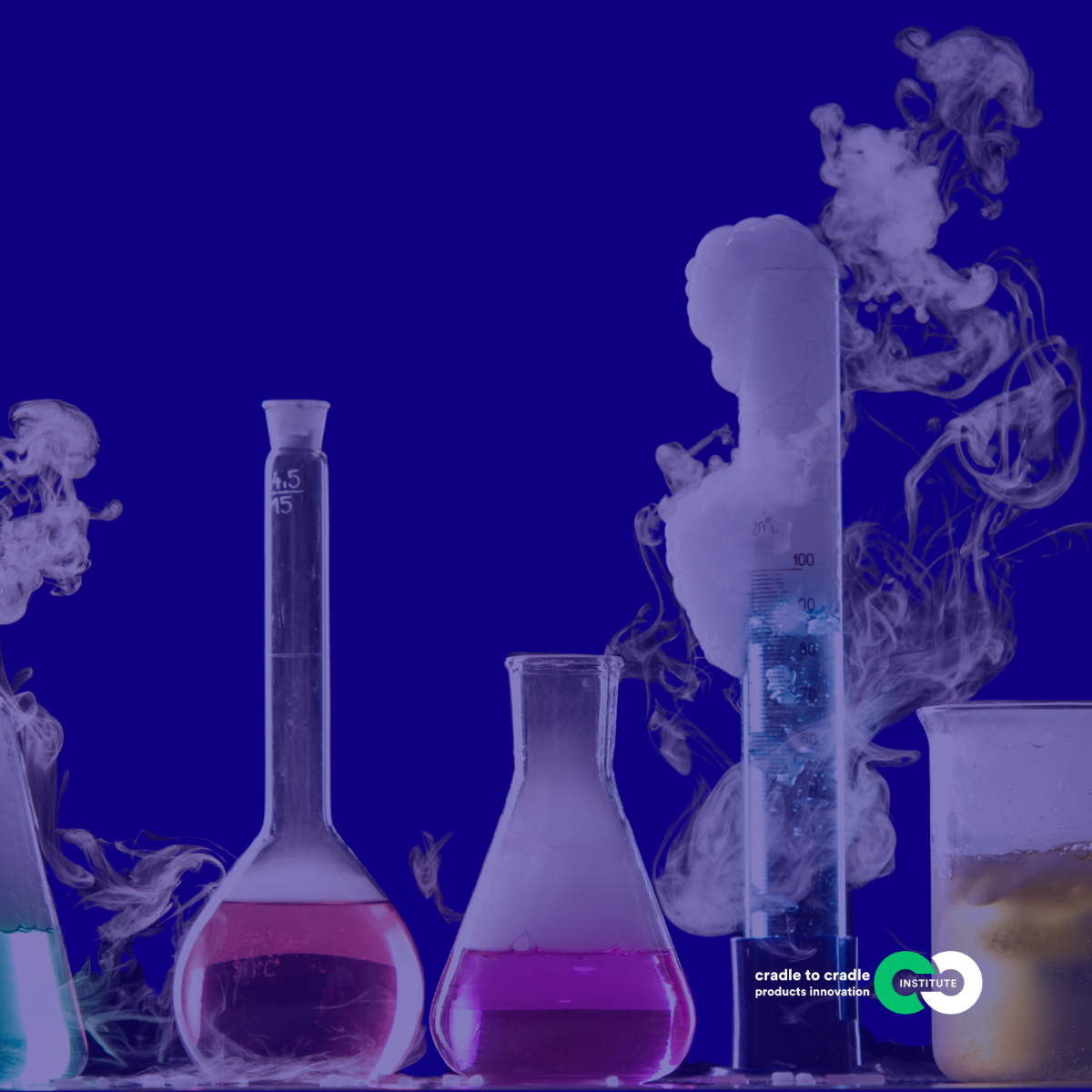France’s PFAS ban: a win for healthier products and circular design
France has taken an important and commendable step in environmental and public health protection by enacting a progressive ban on PFAS (per- and polyfluoroalkyl substances), often referred to as “forever chemicals” due to their extreme persistence in the environment.

The new law, passed in February 2025, will prohibit PFAS in selected product categories starting January 2026, including cosmetics, waxes (coating under skis), shoes and textiles as well as their waterproofing agents. By 2030, the ban will extend to all textile products containing PFAS (furnishings, for example).
This move is part of a broader national action plan that aims to reduce PFAS exposure through surveillance, substitution, and regulation. The French government has emphasised the need to prevent industries from replacing banned PFAS with similarly harmful alternatives, a phenomenon known as regrettable substitution.
PFAS: a global concern
PFAS are used for their non-stick, water-repellent, and heat-resistant properties, making them common in many everyday items – from cookware to clothing and cosmetics. However, their chemical structure makes them highly persistent, bioaccumulative, and toxic, posing serious risks to human health and ecosystems. They have been linked to cancer, hormonal disruption, and immune system impairment, and are now found in air, water, and soil worldwide.
C2C Certified® products set the benchmark for Material Health
At the Cradle to Cradle Products Innovation Institute, our C2C Certified® Material Health category requirements progressively restrict not just PFAS but all organohalogens, which encompasses PFAS, halogenated flame retardants (HFRs), and halogenated polymers like PVC and PTFE. Like PFAS, most organohalogens are persistent, bioaccumulative, and toxic.
The Material Health category also restricts non-halogenated chemical classes of special concern such as organophosphate ester flame retardants (OPFRs), which are common substitutes for HFRs but have similar concerns for human health and environment. While the Stockholm Convention has banned several halogenated flame retardants (like PBDEs), this has inadvertently led to increased use of OPFRs as alternatives. Although chlorinated OPFRs are under growing scrutiny for their toxicity and persistence, non-halogenated variants remain less studied and largely unregulated, despite mounting evidence of their potential harm. The C2C Certified Material Health requirements proactively address this gap, ensuring healthier chemical choices from the outset.
This comprehensive approach is based on the principle that chemical class-based restrictions are more effective than targeting individual substances. It helps prevent loopholes and ensures that products are healthy across global markets, including jurisdictions like France and California that are tightening regulations.
Why class-based bans are essential at scale
Restricting all PFAS and related organohalogens is crucial because:
They are functionally similar and often used interchangeably.
Many are poorly studied, yet share the same harmful traits.
A broad ban avoids mixed compliance risks across different regions.
It supports healthy circularity, ensuring materials can be reused without toxic legacy.
Leadership in action
France’s leadership sets a precedent for other countries and aligns with the EU’s broader ambitions under REACH and POPs regulations. Companies with Cradle to Cradle Certified® products have long been ahead of the curve. By adhering to rigorous Material Health requirements that restrict the entire organohalogen class (including PFAS), they are already aligned with emerging global regulations. This proactive approach not only ensures compliance but also demonstrates leadership in sustainable and healthy product design.
For companies looking to get ahead of the curve, voluntary frameworks like Cradle to Cradle Certified® offer a practical, third-party verified path to circular product design.